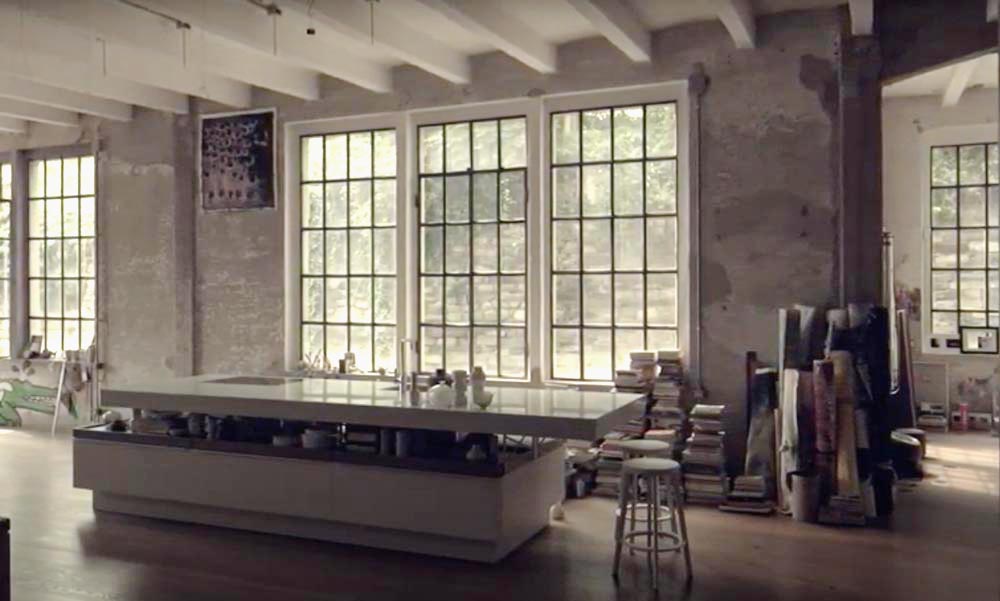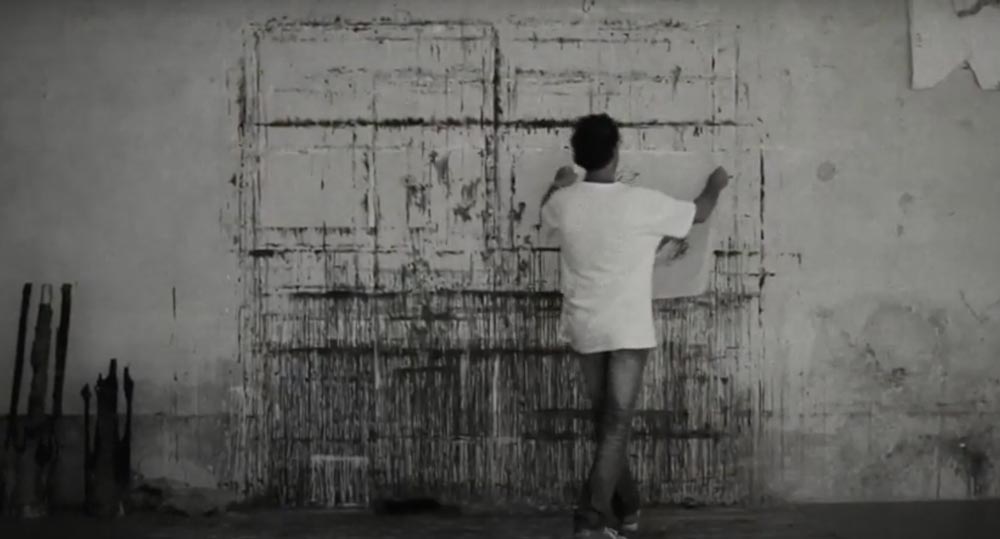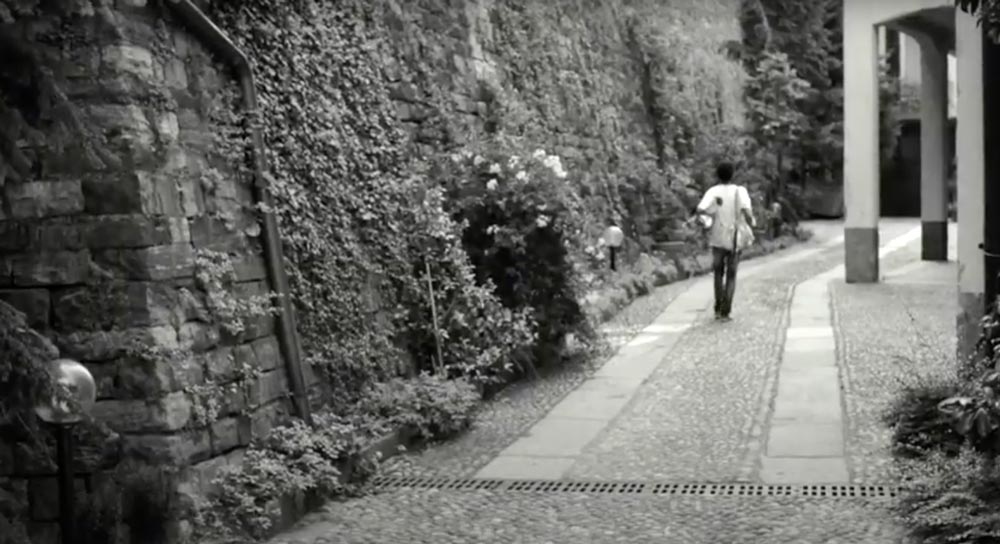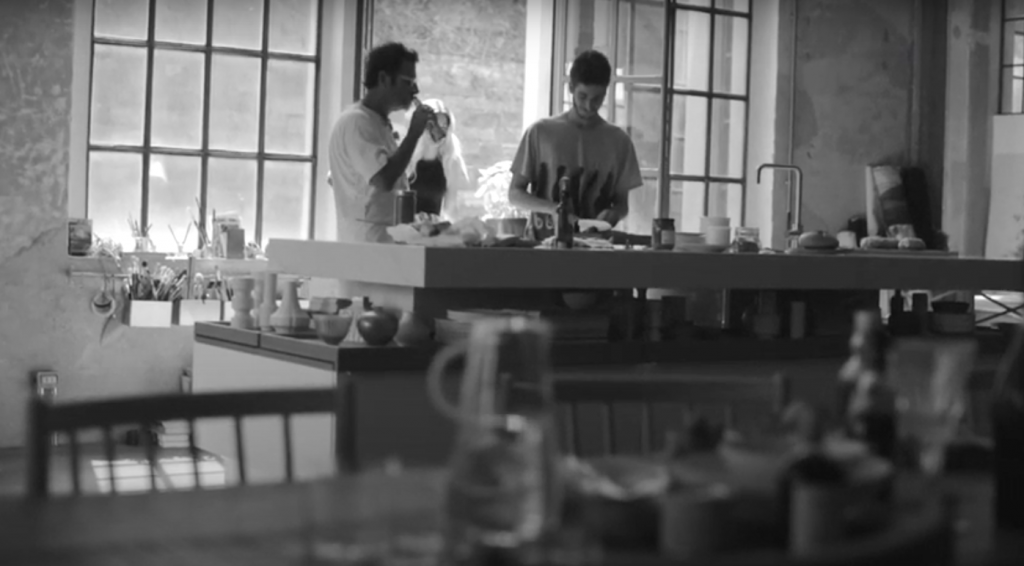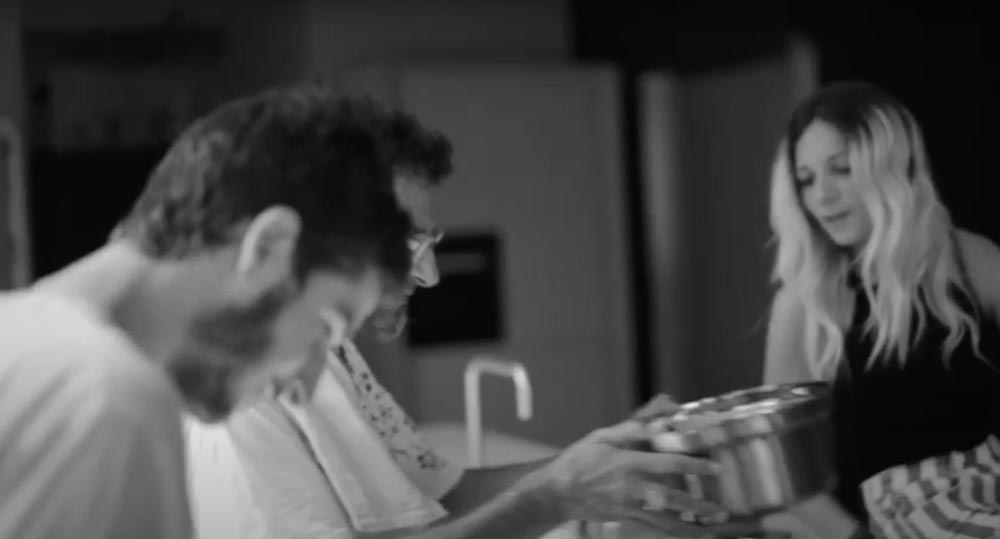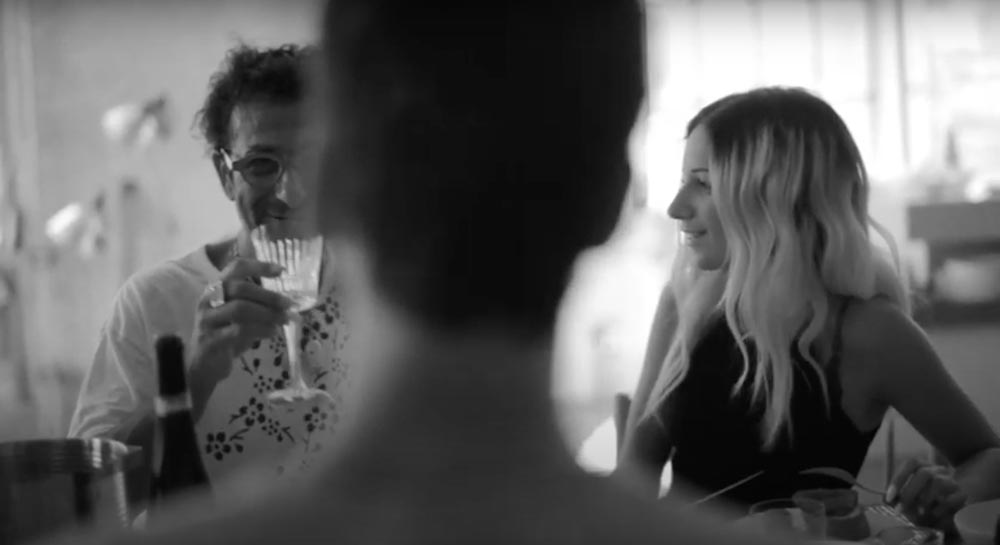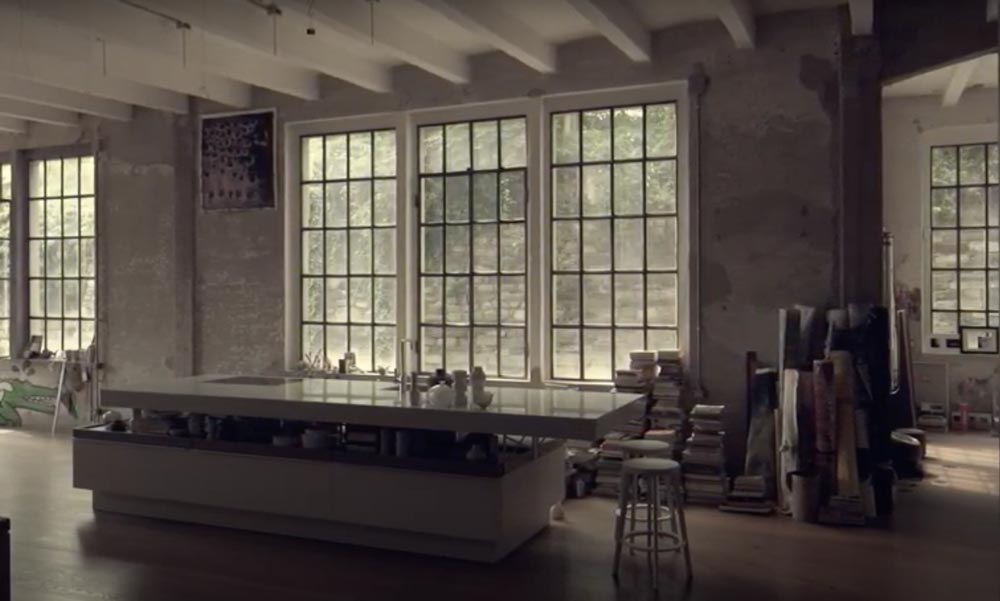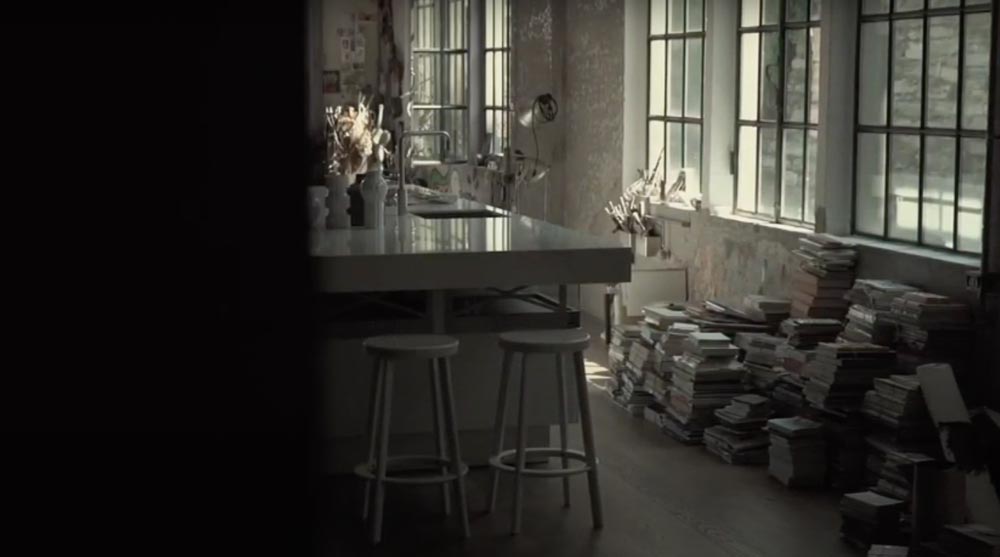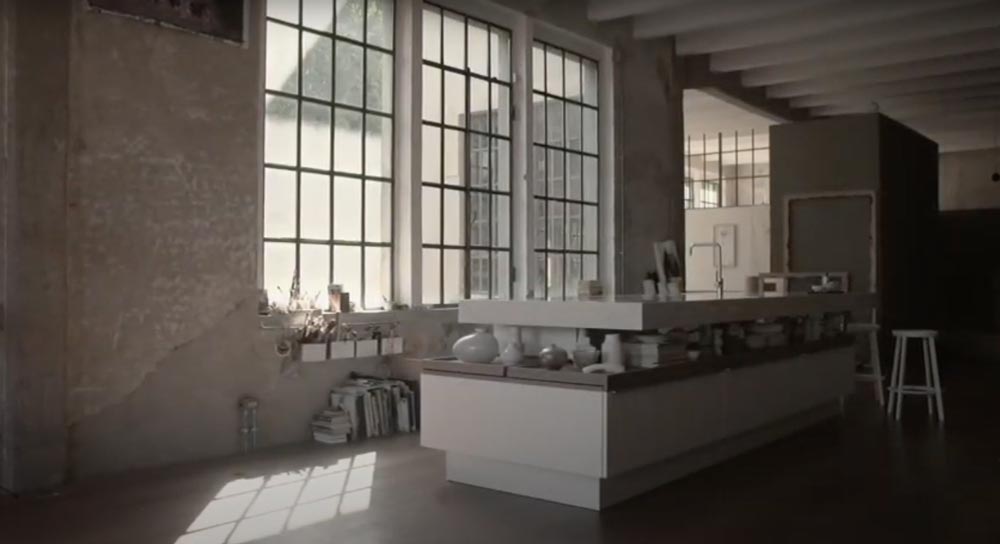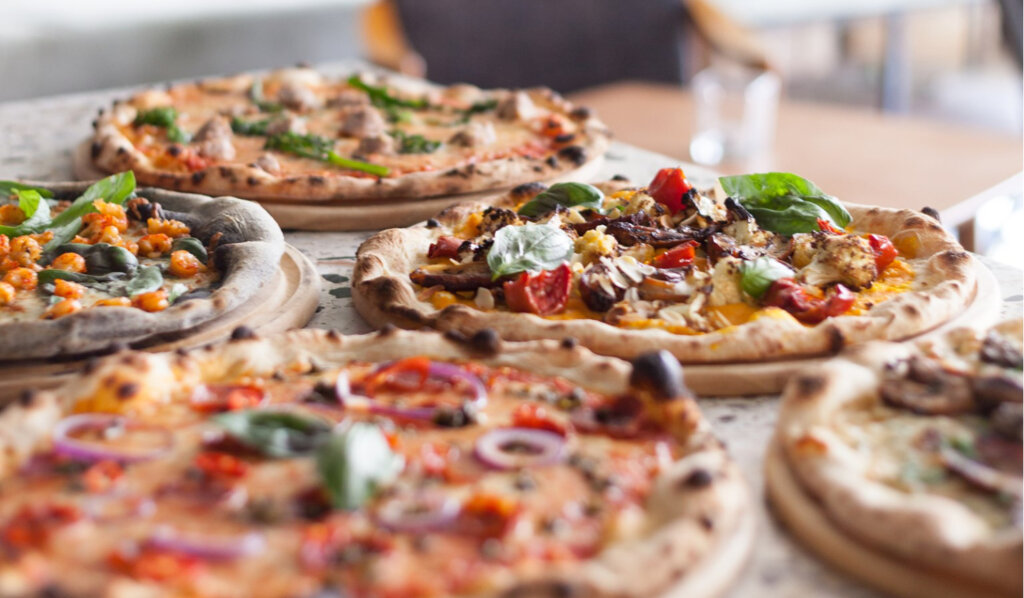Eine Küche ist nie für einen allein. Sie ist ein Platz nicht nur für die Menschen, die sie benutzen, sondern auch das Umfeld. So wird aus einer Wohnung ein Heim, aus einem Haus ein Zuhause. Und in einer guten Küche finden sich nicht nur Teller, Pfannen und Bestecke, sondern auch Persönliches. Sie ist mehr als eine Arbeitsstelle, mehr als ein Teil eines Produktionsprozesses. Eine Küche ist Zentrum, ein Anhaltspunkt, ein Hinweis auf diejenigen, die sich in ihr bewegen. Sie ist ein Spiegelbild ihrer Bewohner.

Eine gute Küche verbindet
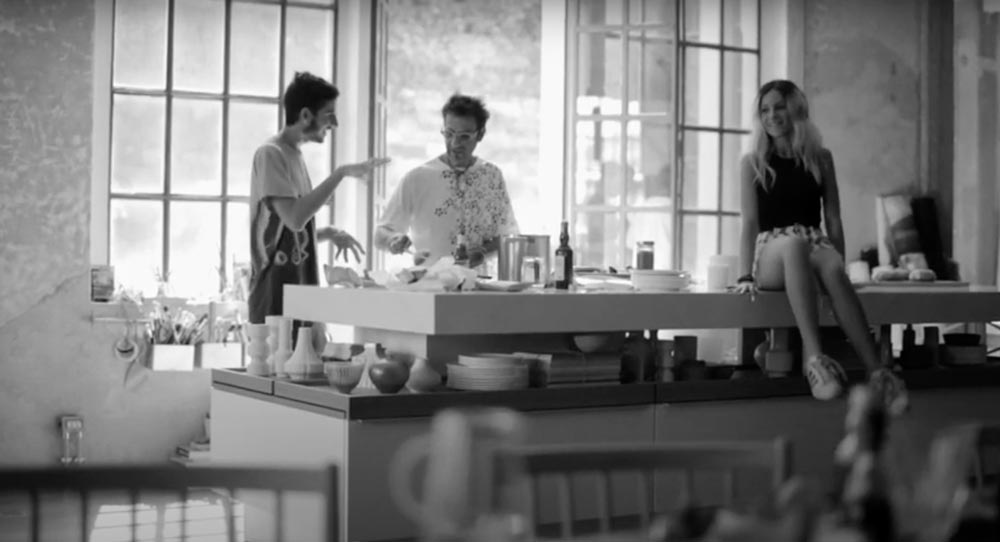

Mit dem Laden des Videos akzeptieren Sie die Datenschutzerklärung von YouTube.
Mehr erfahren
Kochen mit Freunden. Wenn man sich an die Planung macht, ist zu berücksichtigen, wie viele Gäste am gemeinsamen Kochen teilnehmen, damit auch eine ausreichende Menge an Speisen und Zutaten vorrätig ist. An dieser Stelle werden wir nicht müde Ihnen beste, idealerweise regionale Produkt ans Herz zu legen. Selbstverständlich spielt auch das Equipment eine wichtige Rolle: Eine Küche von Poggenpohl, Deutschlands ältestem Küchenhersteller.
+MODO ist die Premiumküche der Kreativen und Künstler
Die Poggenpohl +MODO ist ein Modell im Spannungsfeld architektonischer Gegensätze: kühler Stein trifft auf warmes Holz, eine offene Kücheninsel auf verschlossene Hochschränke und kubusförmige Glasvitrinen auf individuelle Ausstellungsstücke.
+MODO Die Philosophie des Architekten Jorge Pensi
Als der Architekt Jorge Pensi 2005 von Poggenpohl gebeten wurde, das neue Modell +MODO zu entwickeln, entschloss er sich, aus Gegensätzen ein harmonisches Stück Küchenkultur zu schaffen. Er wollte die jahrzehntelange Erfahrung der Firma Poggenpohl, aber auch ihren Status als Luxusküchenhersteller in die Planung von +MODO einfließen lassen, ebenso wie seine eigene Prägung zu Objekten von simpler Stringenz, die Architekten so sehr lieben. Entstanden ist eine ästhetische Designküche von hoher Funktionalität, dessen Gegensätze ein geschlossenes Gesamtbild ergeben. Pensi sagt dazu: „+MODO ist eine Landschaft horizontaler Linien, die geöffnet und manchmal geschlossen sind, lichtdurchflutet, mit einer Kombination kalter und warmer Materialien. Sie ist einfach, aber zugleich hat sie eine klare Identität, die alle Wünsche des Verbrauchers erfüllen und den Architekten gefallen soll.“

